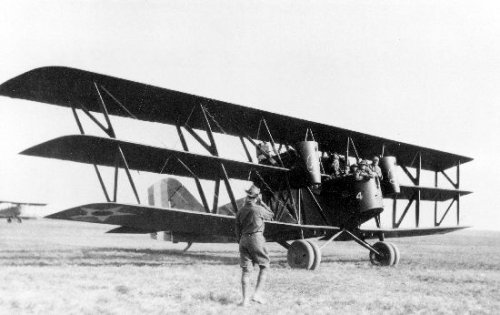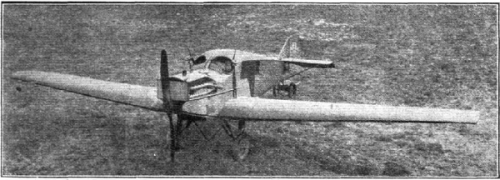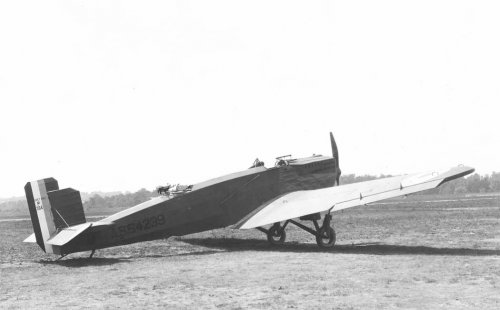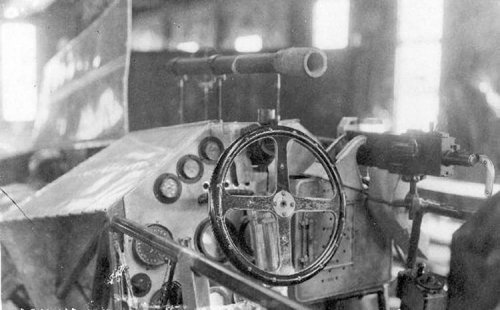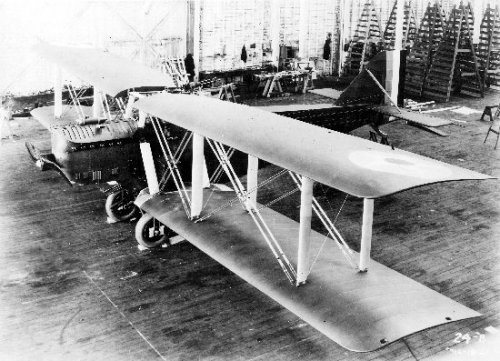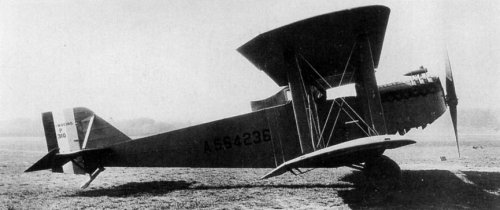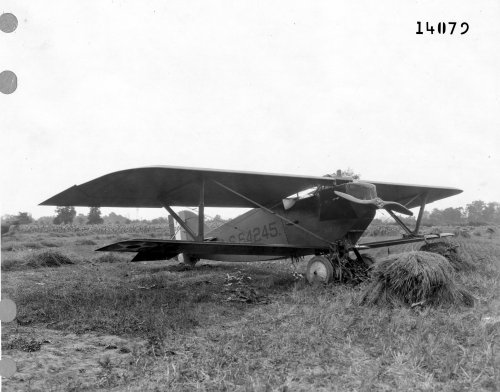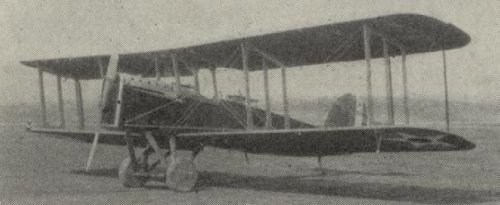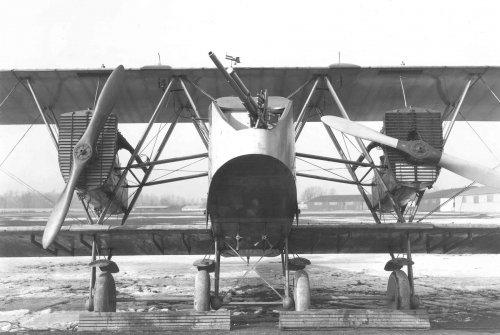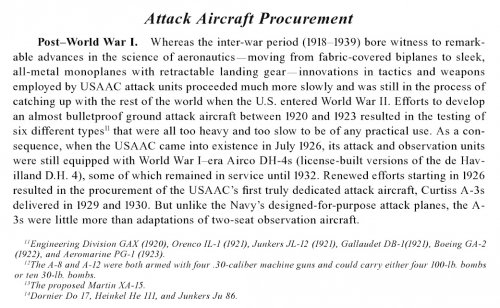ACResearcher, it appears that all of the GAX aircraft were poor performers:
In the case of the last GAX aircraft design, the Aeromarine PG-1:
"After a test cannon-engine was produced in July 1920, bids for the PG-l were requested from private firms. Four submitted bids, and Aeromarine, at Keyport, New Jersey, received the order on March 15, 1921, for three prototypes. The first was delivered as a static test airframe on November 28, 1921, for static tests and the second was flown on July 14, 1922, with a Wright H, which failed on takeoff, destroying the aircraft. A 346-hp Packard 1237 was used on the third prototype, tested in 1923. Its top speed of 116 mph at 3,342 pounds gross weight was below that expected of the original configuration, as shown in the accompanying data."
http://www.americancombatplanes.com/biplane_army_3.html
I agree with you Silencer1, the GAX program deserves more attention as the GAX aircraft displayed a shift following the GAX program away from the belief that attack aircraft should be armored and instead a better design would be to use lighter conventional aircraft construction techniques, while armoring various areas of the aircraft (e.g. the cockpit) and redesign systems (e.g. increased system redundancy, later self sealing tanks, etc.) that were particularly vulnerable to gun fire. It would be a few years later until the first US attack aircraft (a modified Curtiss O-1B), the Curtiss A-3 Falcon emerged having won a fly-off competition against the Douglas A-2.

